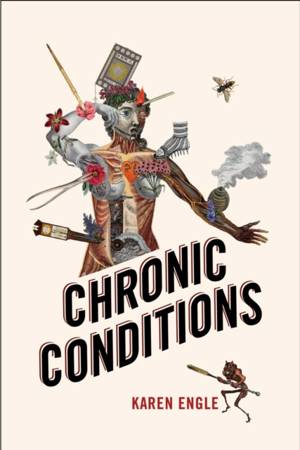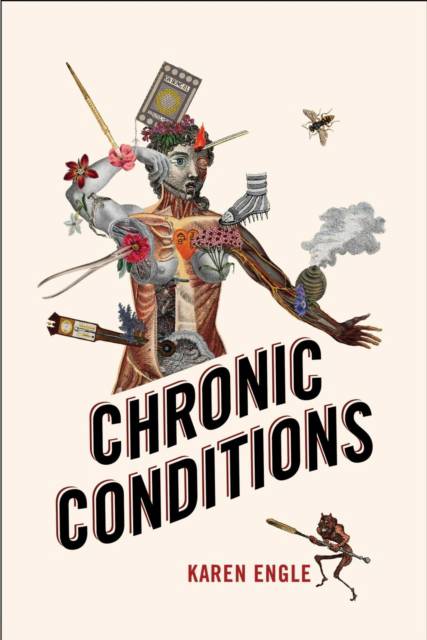
- Afhalen na 1 uur in een winkel met voorraad
- Gratis thuislevering in België vanaf € 30
- Ruim aanbod met 7 miljoen producten
- Afhalen na 1 uur in een winkel met voorraad
- Gratis thuislevering in België vanaf € 30
- Ruim aanbod met 7 miljoen producten
Zoeken
Omschrijving
Imagine a house whose wiring is spliced and patchy with knob and tube, coiled like a serpent ready to strike and spark at any moment. Even if you have a fire trap behind your walls, the lights will turn on. In her memoir of a life lived in physical pain, Karen Engle asks whether and how language can capture what it's like to be in a body that appears to work from the outside, when its internal systems operate through an ad hoc assemblage of garbled messaging, reroutings, and shaky foundations. A series of narrative reflections capture the myriad ways in which the chronic conditions its suffering subject. Contrary to claims that pain obliterates language - long a trope of writing about illness - Engle contends that the person with chronic pain is not hampered by a scarcity of language, but rather its excess: enervation by the unending waves of utterance. From a history of the word chronic and its shifting significance to meditations on multiple diagnoses and interactions with medical personnel, Chronic Conditions is a doctor's case file through the looking glass of a creative writer, scholar, and patient. Engle explores, through medical research, literature, and art, how it feels to become attuned to the rhythms of perpetual and mysterious physical pain. At stake here is the search for a kind of writing that does not instrumentalize pain for allegorical or transcendental purposes. Chronic pain is not a sign of weakness, nor is it an opportunity for personal growth, Engle argues. Instead, it is entirely ordinary and deeply affecting.
Specificaties
Betrokkenen
- Auteur(s):
- Uitgeverij:
Inhoud
- Aantal bladzijden:
- 160
- Taal:
- Engels
Eigenschappen
- Productcode (EAN):
- 9780228016748
- Verschijningsdatum:
- 15/04/2023
- Uitvoering:
- Paperback
- Formaat:
- Trade paperback (VS)
- Afmetingen:
- 157 mm x 221 mm
- Gewicht:
- 272 g

Alleen bij Standaard Boekhandel
+ 89 punten op je klantenkaart van Standaard Boekhandel
Beoordelingen
We publiceren alleen reviews die voldoen aan de voorwaarden voor reviews. Bekijk onze voorwaarden voor reviews.








